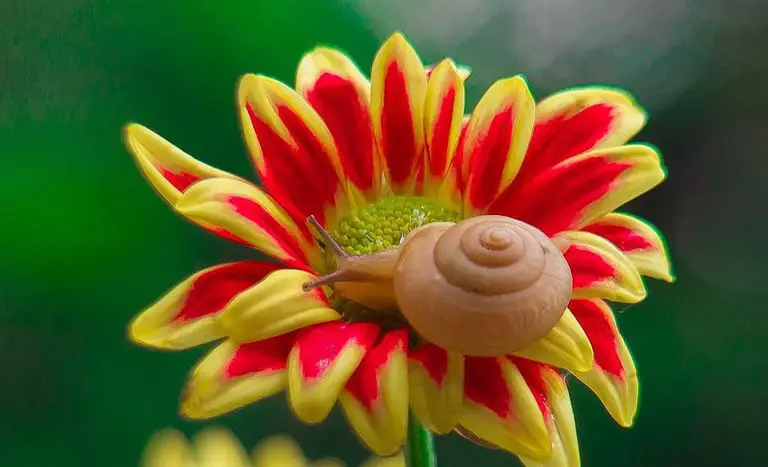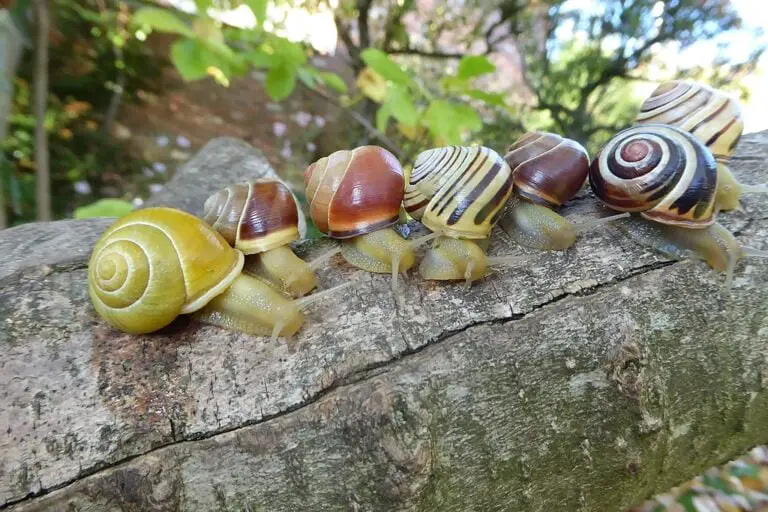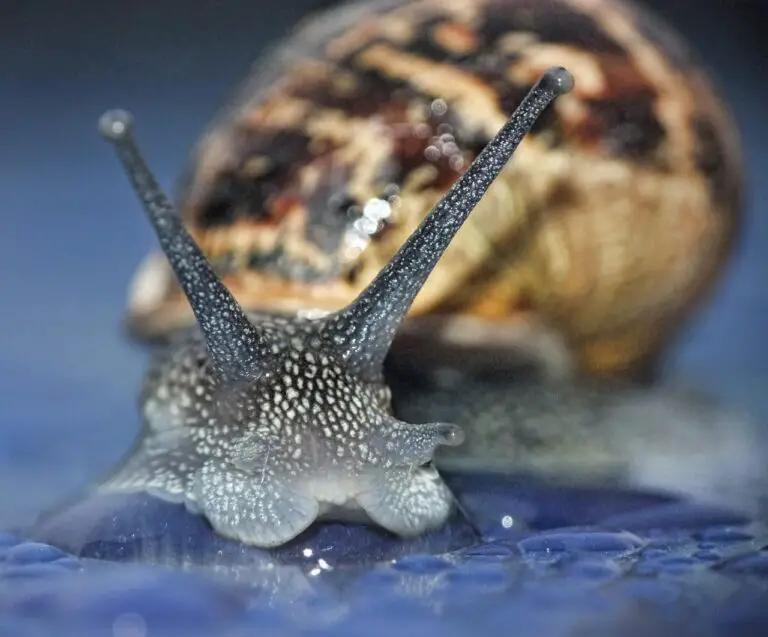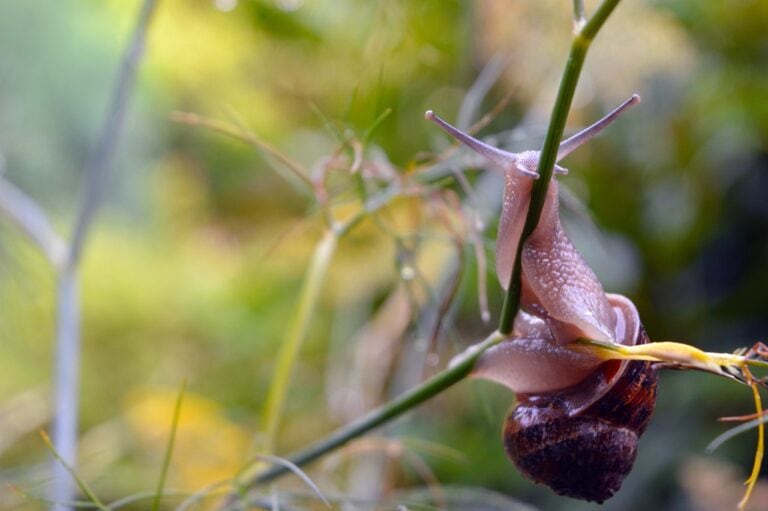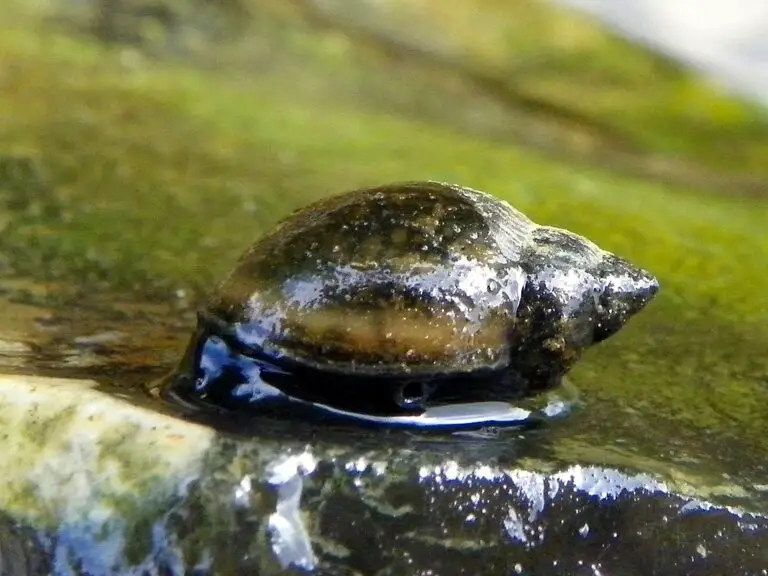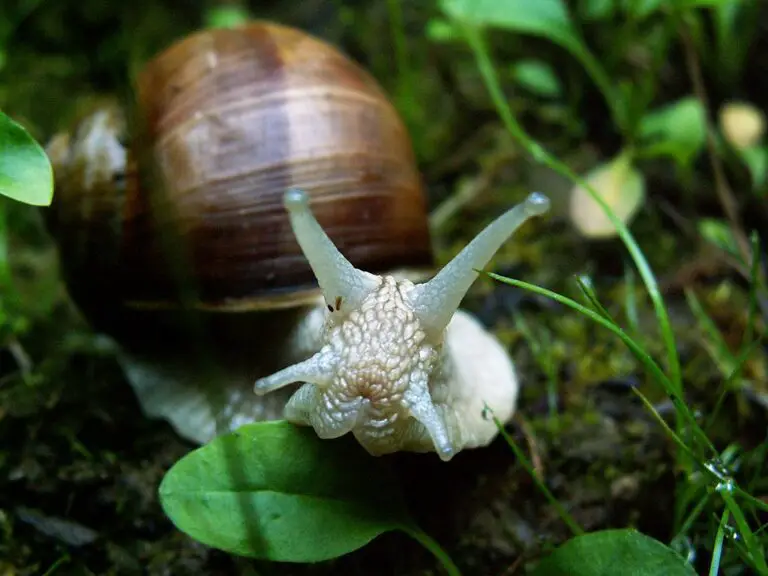The Slumbering Trail: Do Snails Sleep?
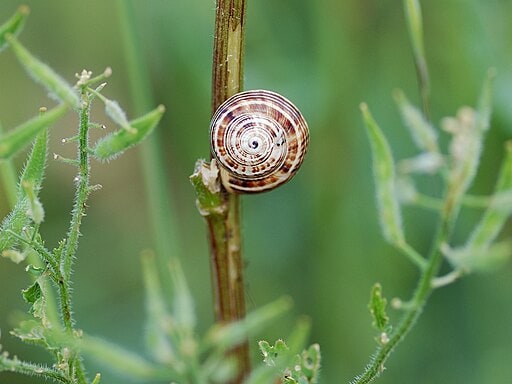
Snails belong to the mollusk family, which is comprised of creatures like clams, oysters and squids. They are slow-moving, small in size and have a unique slimy exterior that serves as their protective shell. Snails are found all over the world, with approximately 43,000 different species that exist today, and come in a variety of shapes and sizes. Some can grow up to 10 inches long while others can fit on the tip of your finger. But do they sleep?
It’s a valid question considering how much time they spend moving so slowly.
Despite their sluggish nature, snails do perform some impressive feats. For example, they’re able to glide across surfaces using a layer of slime that is produced by glands located on their foot. They’re also known for having an incredibly sharp sense of smell which they use to locate food sources in their environment.
So do they sleep?
The answer is yes! Snails do sleep, but it’s quite different from how humans sleep. Their sleep cycles and patterns are dictated by a variety of factors, including their environment and lifestyle.
Snail Behavior and Sleep Patterns
As nocturnal creatures, snails are most active during the night, preferring cooler temperatures and lesser sunlight exposure. They rest during the day, often in cool, damp areas to prevent dehydration. During this time, they enter a state of rest or ‘torpor,’ where their body temperature drops, and their heart rate slows down.
In dry or hot conditions, snails can enter a state of inactivity called ‘aestivation,’ reducing their metabolic rate and secreting a mucus layer to prevent dehydration. They can stay in this state for months until conditions improve.
Understanding Snail Sleep
During torpor, snails retract into their shells, sealing themselves off with mucus secretions for protection. They can stay in this state for days before becoming active again. To enter torpor, snails need to feel safe and secure, with access to food and water, and away from potential threats.
Comparing Snail Sleep to Human Sleep Patterns
While we have centralized brains that allow us to fully shut down during rest, snails must remain alert even during their rest period. However, like humans, snails too need a safe, secure environment to rest, showcasing the universal importance of safety and comfort during sleep.
Factors Affecting Snail Sleep
Snails’ sleep patterns are influenced by several factors. Environmental conditions like temperature, humidity, and light play significant roles. Extreme temperatures can cause restlessness or even prove fatal. Humidity too dry or moist could harm their skin and respiratory system. As nocturnal creatures, snails prefer dim light, and bright lights can disturb their sleep and cause stress.
Diet and activity levels also affect snail sleep patterns. Lack of nutrients can cause insomnia, and overeating can lead to discomfort, hindering their ability to sleep. If they are active during the day instead of resting, it could disrupt their sleep cycle.
Lastly, safety concerns, such as predators or human-induced noises, can cause anxiety, affecting their sleep.
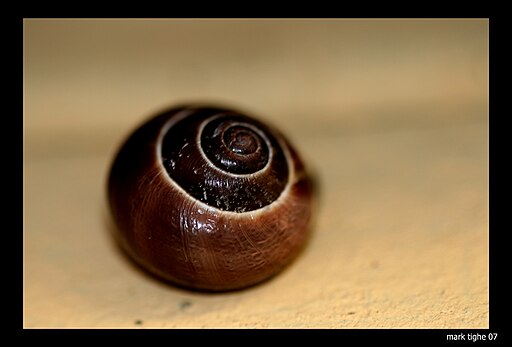
Signs of Snail Sleep
If you’ve ever wondered how to tell if a snail is sleeping, you’re not alone.
Many people assume that snails are always awake since they don’t have eyelids or obvious signs of sleep like humans do. However, there are subtle clues that let us know when our slimy friends are catching some zzz’s.
Physical changes in the body during sleep
One of the easiest ways to spot a sleeping snail is by observing its body. When snails sleep, their bodies become limp and relaxed, and they retract their tentacles inside their shells. You might also notice that their shells look slightly darker or more opaque than when they’re awake.
If you’re really lucky, you might even be able to catch a sleeping snail in action as it glides across a surface with its eyes closed. It’s almost like watching a tiny (and very slow) ghost float by!
Behavioral changes
In addition to physical changes, there are some behavioral clues that can indicate when a snail is asleep. For example, sleeping snails may not respond as quickly (or at all) to stimuli such as touch or movement. If you have pet snails, you may notice that they tend to sleep during the day and become more active at night – just like many other nocturnal animals.
This is because snails prefer cooler temperatures and higher humidity levels, which are typically found at night. Overall, while it might not be immediately obvious when a snail is asleep, there are definitely some signs that give it away if you know what to look for!
Fun Facts About Snail Sleep
Snails sleep for up to 13 hours a day and are most active during the night. During colder months, they can become dormant for several days or weeks at a time.
Snail species vary in their sleep patterns and behaviors. Some species will become very still and retract into their shells during sleep, while others may continue to move around slowly or even climb upside down on a surface.
Some snail species also exhibit twitching or jerking movements during sleep that resemble human dreaming. While there is no definitive proof that snails can dream, some scientists believe they may have similar brain activity to humans during REM sleep.
In the following video by the Natural History Museum in London you can hear about just how long a snail might sleep!
Frequently Asked Questions
1. What are some physical changes snails undergo during sleep?
Snails’ bodies become limp and relaxed during sleep. They retract their tentacles inside their shells and their shells might look slightly darker or more opaque than when they’re awake.
2. Are there any behavioral changes in sleeping snails?
Sleeping snails may not respond as quickly (or at all) to stimuli such as touch or movement. They are more likely to be resting during the day and become more active at night.
3. How long do snails sleep?
Snails can sleep for up to 13 hours in a single day. They are most active at night and spend much of the day sleeping.
4. How are snail sleep patterns different from humans?
Unlike humans, snails enter a state of rest called “torpor”, where their body temperature drops, their heart rate slows down, and they become less responsive to external stimuli, but they are still technically awake.
5. Can snails dream?
While there is no definitive proof, some scientists believe that they may have similar brain activity during periods of rest and activity as humans do during REM (Rapid Eye Movement) sleep. This suggests that snails may dream in some way, but more research is needed.
6. What factors can affect a snail’s sleep?
Environmental conditions, including temperature and humidity, can greatly impact snail sleep. Their diet and activity level also play a role. Snails need to feel safe and secure in their environment to get proper rest.
7. What is aestivation in snails?
Aestivation is a state of inactivity that snails enter into during periods of dry or hot weather. During this time, they secrete a mucus layer to prevent dehydration and reduce metabolic rate. They can stay in this state for months until conditions improve.
Sleepy Snails: Wrapping It Up
While it may seem like an odd question to ask if snails can sleep – they actually do! And not only do they get plenty of rest, but their sleeping patterns and behaviors are fascinating to observe.
Whether you’re watching them retract into their shells or slowly move across a surface while snoozing away, there’s no denying that these little creatures have some interesting habits when it comes to catching some Z’s. So next time you come across a snail on your garden path or see one moving slowly across a wall – remember that it just might be catching up on some much-needed shuteye!

